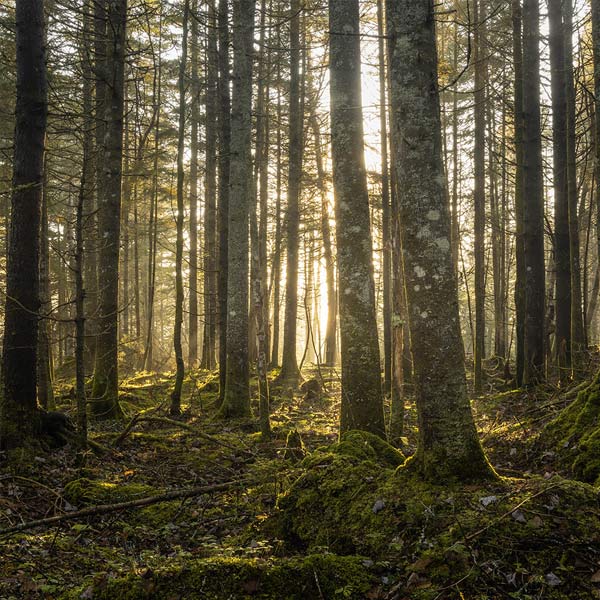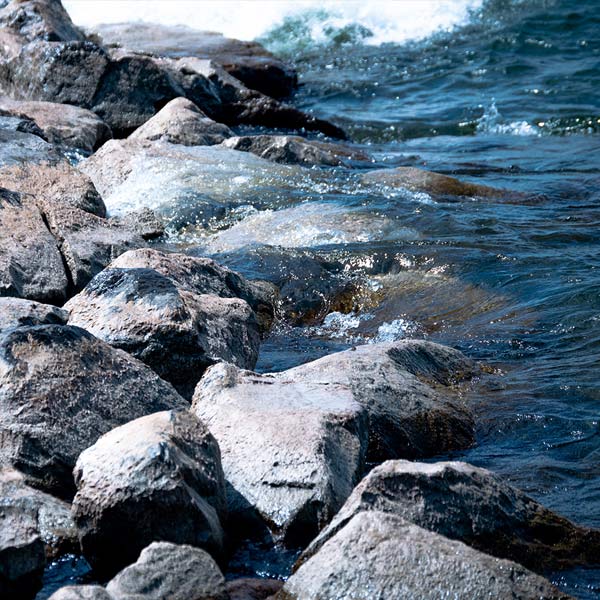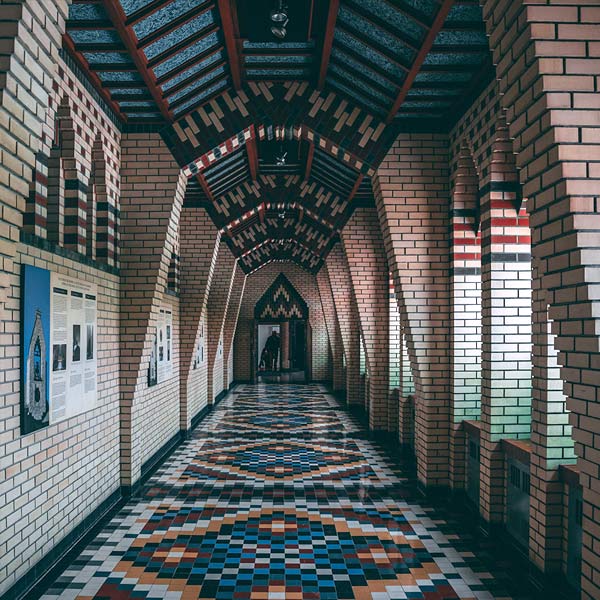wcag heading
This week, we travel to Gamache’s own stomping grounds as we visit the French Canadian cover of The Nature of the Beast. The first thing we noticed about both the French Canadian cover and our own is the inherent darkness, which reflects Ruth Zardo’s thoughts in this book: that “And now it is now. And the dark thing is here.”
Upon closer inspection, it appears that the two jackets are the inverse of one another. While both depict a dark forest, the American edition shows a group of trees surrounding a space of black emptiness. The French Canadian version, however, shows the opposite: a sunlight group of trees surrounded by darkness on the edges. For those of us who have read the book (no spoilers, please!), we know the significance that the darkness of the forest has on the plot of the book. And both covers certainly convey that ominousness.
Which do you prefer?
How else could you convey “the dark thing” in a cover design?





